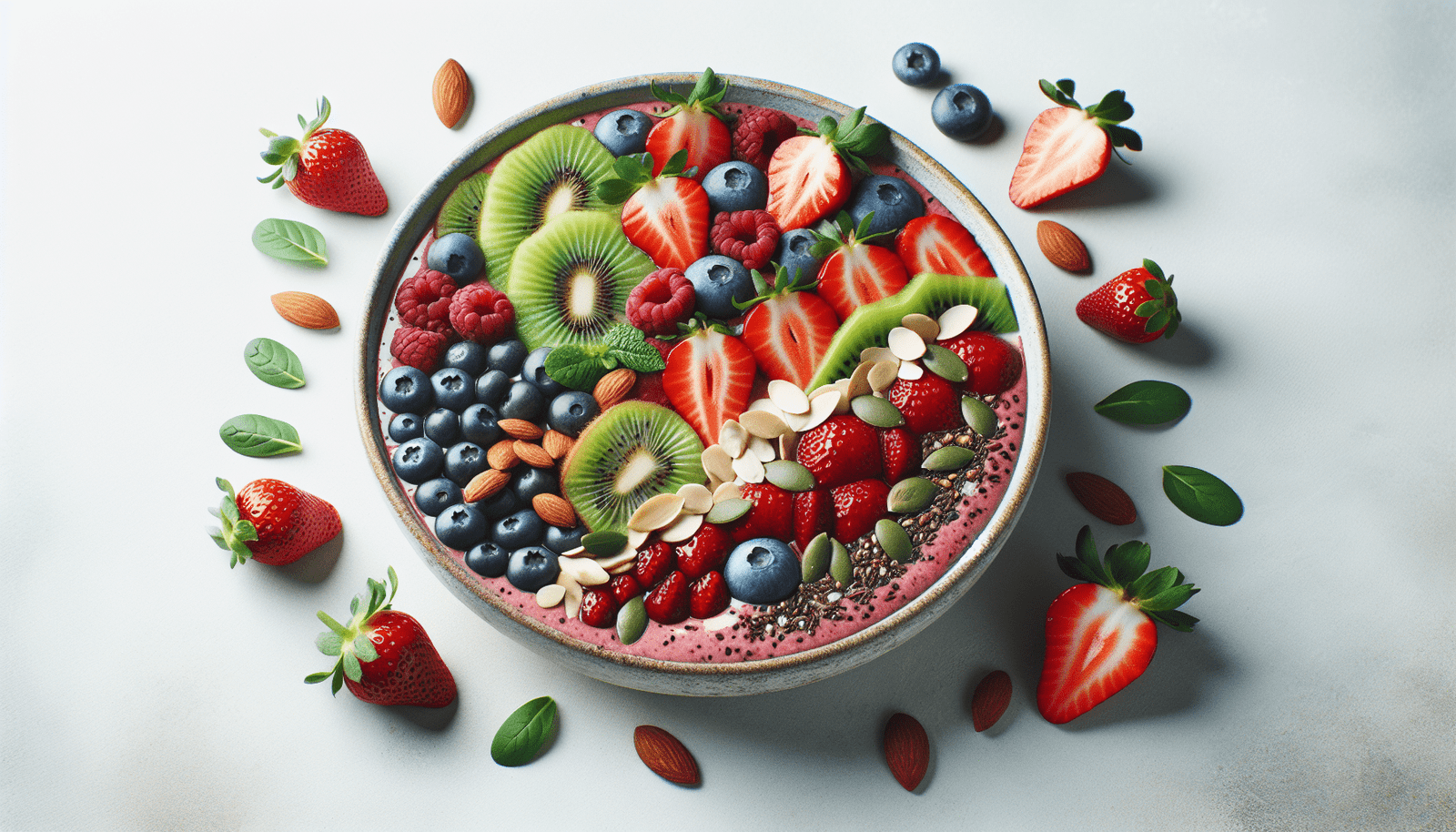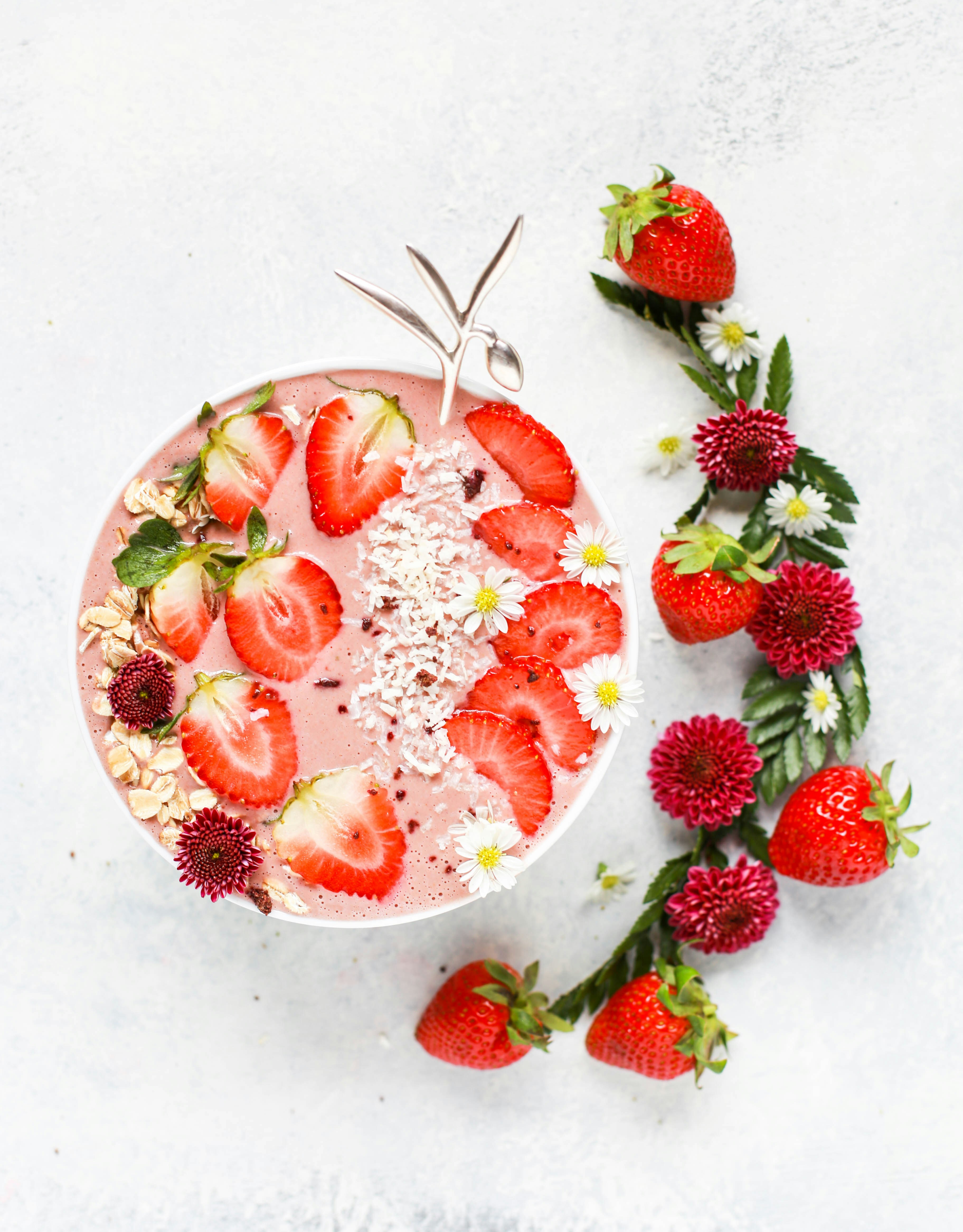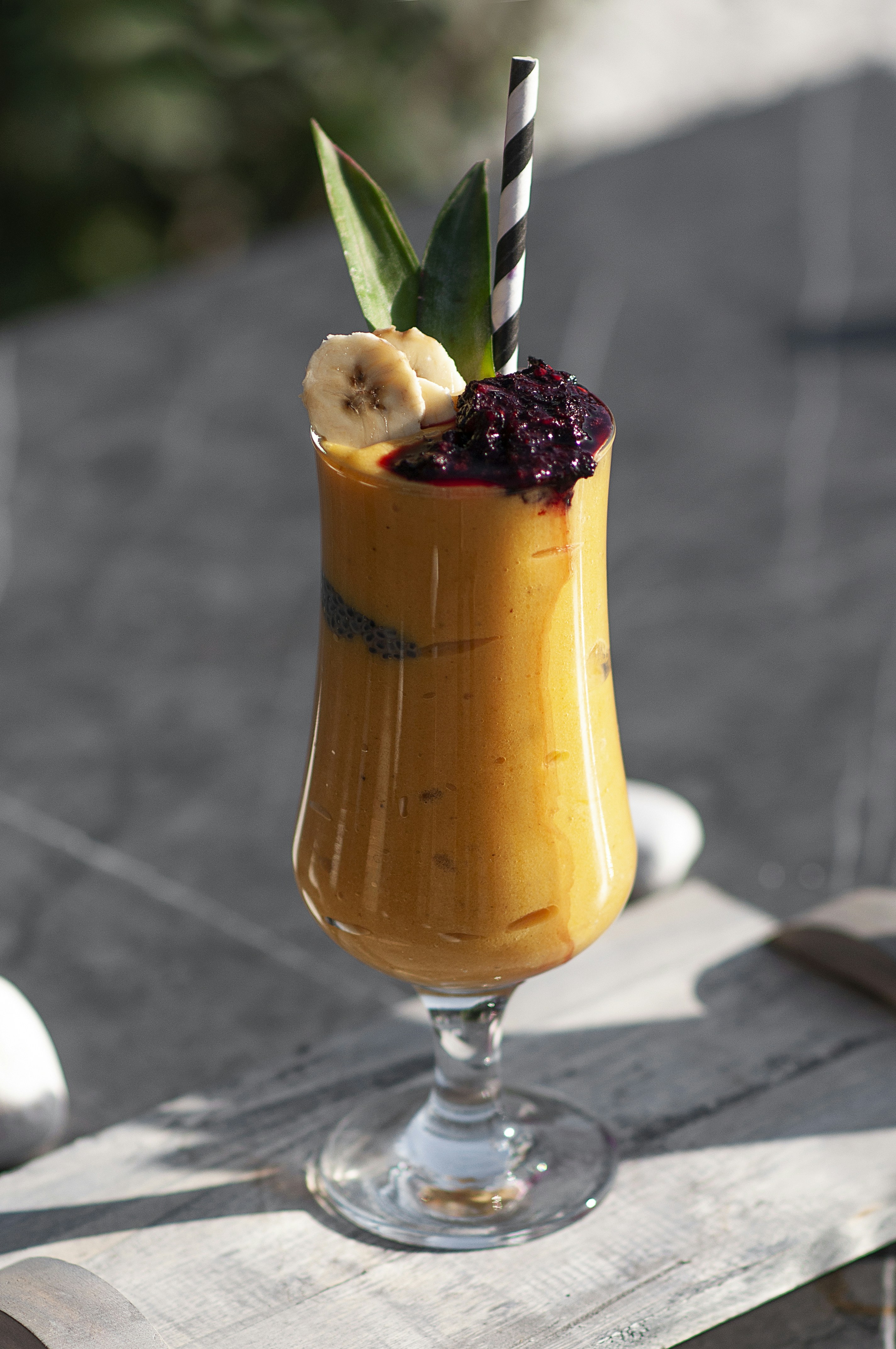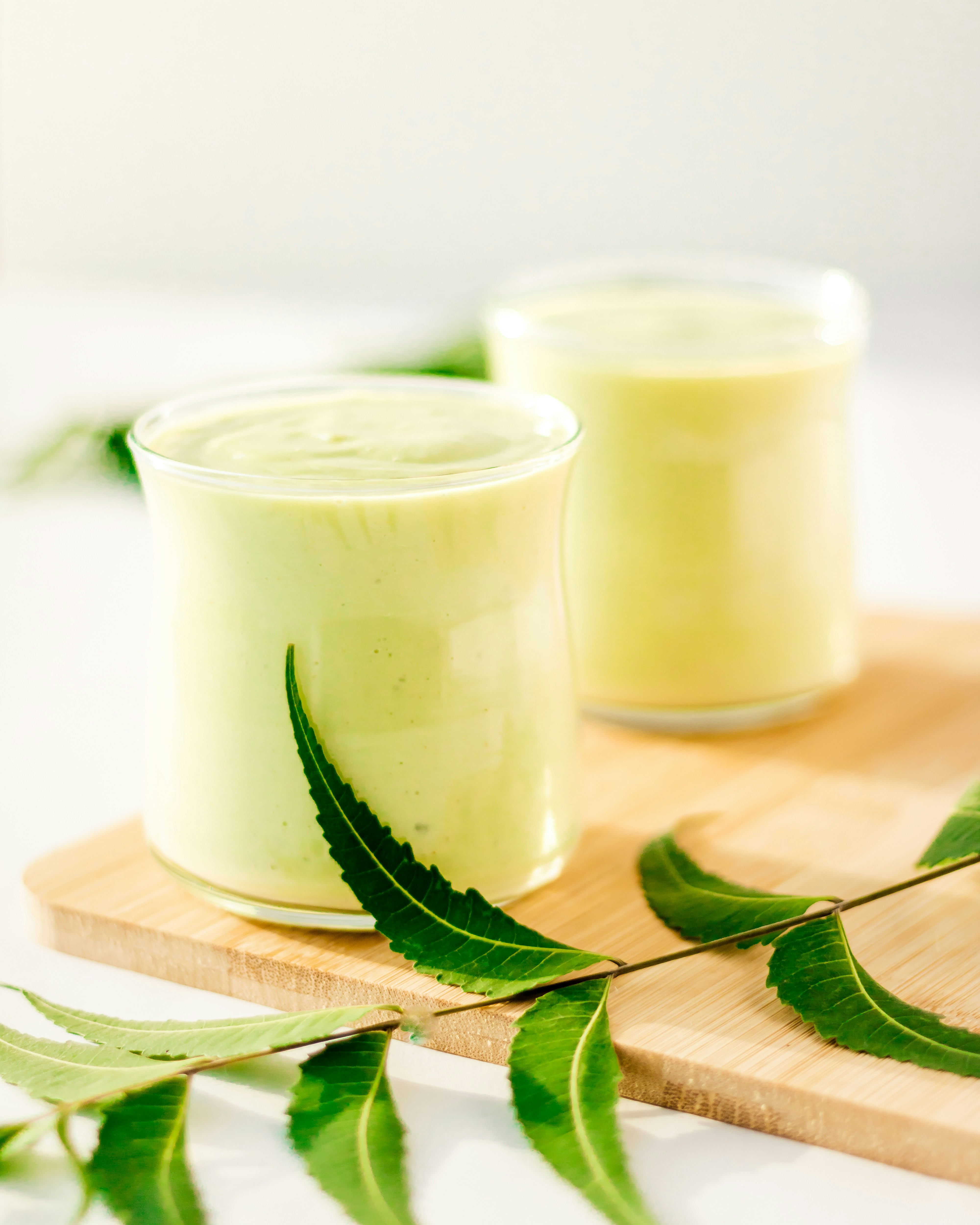Have you ever wondered how to enjoy a delicious smoothie bowl without concerns about high oxalate levels? You’re certainly not alone in this quest for a tasty, yet nutritiously balanced meal. Many people are exploring ways to bring healthful, low-oxalate smoothie bowls into their routines—capturing the benefits without the sometimes pesky drawbacks associated with high-oxalate foods.
Navigating dietary challenges can often feel overwhelming. With a dash of creativity and a sprinkle of intention, low-oxalate smoothie bowls can become a delicious, soothing part of your daily rituals. In this guide, you’ll find a practical path to transforming everyday ingredients into delightful bowls of goodness, without sacrificing flavor or variety. Let’s unravel how you can craft smoothie bowls that are both pleasing to your palate and kind to your body.
Understanding Oxalates
Before diving into the how-tos, it’s important to grasp what oxalates are. Oxalates are naturally occurring compounds found in a wide range of plants. While they are commonplace and generally harmless to most individuals, high levels can contribute to kidney stone formation in certain sensitive populations. When you’re seeking to decrease oxalate intake, identifying low-oxalate foods becomes crucial, especially in crafting smoothie bowls brimming with flavor and nutrition.
Why Consider a Low-Oxalate Diet?
Opting for a low-oxalate diet can be especially important if you’re prone to developing calcium oxalate kidney stones. However, it isn’t exclusively a concern for those with kidney stone issues; managing oxalate intake can be part of overall nutritional mindfulness, helping you focus on a diverse, balanced diet.
Picking the Right Base
A smoothie bowl begins with a strong foundation. Typically, the base sets the tone for the flavors and textures you’ll experience. Let’s explore some candidate ingredients that align well with a low-oxalate diet.
Low-Oxalate Base Options
- Bananas: A common favorite, bananas offer a creamy texture and a naturally sweet flavor, making them excellent without the extra burden of high oxalates.
- Mangoes: Offering a tropical twist, mangoes serve as another low-oxalate choice that enriches the bowl with a vibrant hue and taste.
- Papayas: With their mellow sweetness, papayas are a fantastic option, contributing not only to taste but also to a rich source of nutrients and fiber.
Here’s a quick table summarizing these choices:
| Fruit | Oxalate Content | Flavor Profile |
|---|---|---|
| Bananas | Low | Sweet, creamy |
| Mangoes | Low | Tropical, juicy |
| Papayas | Low | Mellow, sweet |
Foundation: Liquid Options
The choice of liquid can sometimes be overlooked but is vital for the right consistency and flavor in your smoothie bowl. Here, the aim is to complement the base fruit while maintaining low oxalate levels.
Best Low-Oxalate Liquids
- Coconut Milk: Provides a rich, creamy texture. Its indulgent profile pairs well with tropical and sweet fruits.
- Rice Milk: With its light and subtly sweet nature, rice milk is a pleasing addition to a fruit forward bowl.
- Almond Milk: Use sparingly, as it’s moderately low in oxalates. Its nutty undertones can enhance certain recipes.
Adding Low-Oxalate Vegetables
While fruits often dominate in smoothie bowls, low-oxalate veggies can lend an additional nutritional boost and unique flavors.
Vegetable Options to Consider
- Zucchini: Mild in taste, zucchini blends easily and adds volume without overpowering other flavors.
- Cucumber: Refreshing and crisp, cucumbers can bring a cooling effect to your blend.
- Kale: In smaller amounts, kale can be a wonderful addition, although its oxalate content is moderate—so balance is key.
Enhancing with Superfoods
Superfoods have become the buzzwords in the realm of nutrition, and for good reason. They can introduce exciting tastes and textures alongside powerful health benefits.
Low-Oxalate Superfood Additions
- Chia Seeds: Tiny powerhouses rich in omega-3s, fibre, and protein, making them perfect for thickening your bowl.
- Hemp Seeds: Offering a plant-based protein source, hemp seeds impart a nutty flavor and creamy feel.
- Pumpkin Seeds: Lower in oxalates and rich in magnesium, they add a lovely crunch when sprinkled on top.
Infusing Flavor with Spices and Herbs
Spices and herbs can elevate the taste profile of your bowl without the need for extra sugars or synthetic flavorings.
Recommended Low-Oxalate Spices
- Cinnamon: Its warmth and sweetness can enhance the flavor profile naturally.
- Nutmeg: Used sparingly, it can add a deep, spicy note to your creations.
- Mint: Used fresh, mint imparts a refreshing burst of flavor suitable for fruit-based bowls.

Experimenting with Toppings
The finishing touch of any smoothie bowl is where creativity truly shines. The right toppings can transform your bowl into a royal affair.
Top Low-Oxalate Toppings
- Fresh Berries: Such as blueberries and strawberries, these are excellent for decoration and flavor.
- Coconut Flakes: For a hint of tropical sweetness.
- Sliced Almonds: Lightly toasted, they add a subtle crunch and nutty nuance.
Basic Recipe: Crafting Your Smoothie Bowl
Here’s a simple yet delicious low-oxalate smoothie bowl recipe to get started.
Ingredients
- 1 ripe banana
- ½ cup frozen mango slices
- 1 small zucchini, peeled and chopped
- ½ cup coconut milk
- 1 tbsp chia seeds
- A dash of cinnamon
Method
- Blend the Base: Combine the banana, mango slices, zucchini, and coconut milk in a blender. Blend until smooth.
- Incorporate the Superfood: Add chia seeds and a dash of cinnamon, blending again just until the seeds disperse evenly.
- Serve and Decorate: Pour the smoothie into a bowl. Decorate with your choice of toppings like fresh berries or coconut flakes.

Tips for Tailoring Smoothie Bowls to Your Taste
Each person’s tastes are wonderfully different. Whether you like it sweeter or on the savory side, you can tailor your smoothie bowls to better match your preferences.
Sweetness Adjustments
- If you need extra sweetness, consider a drizzle of honey or a few dates blended in.
- For less sweetness, base your bowls around veggies such as zucchini and cucumber.
Texture Changes
For a creamier texture, incorporate more banana, or add avocado for a twist. Trouble with liquidity? Adjust the coconut milk levels to suit your blend preference.
Benefits Beyond Oxalate Control
Choosing low-oxalate options provides more than just peace of mind, it can simultaneously enrich your dietary intake with whole and minimally processed foods.
Nutritional Benefits
- High Fiber: Many low-oxalate fruits and veggies are rich in fiber which supports digestive health.
- Vitamins and Minerals: These foundational ingredients provide access to vital nutrients like vitamin C, magnesium, and potassium.
Final Considerations
Remember, everyone’s dietary needs and environmental interactions are unique. Consulting with a healthcare provider can further guarantee that all your nutritional bases are covered. This exploration of low-oxalate smoothie bowls doesn’t need to be restrictive; rather, it can be a gateway to discovering new flavors and combinations, allowing your culinary creativity to shine.
Incorporating these beautiful creations into your routine doesn’t have to be complex. Keep your kitchen stocked with a variety of low-oxalate staples. When you engage in mindful meal planning, you’ll find that enjoyable, healthful, and low-oxalate meals come naturally. So go ahead, embrace your culinary spirit, and craft bowls that are as nutritious as they are delightful.




